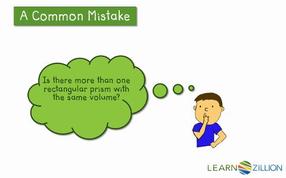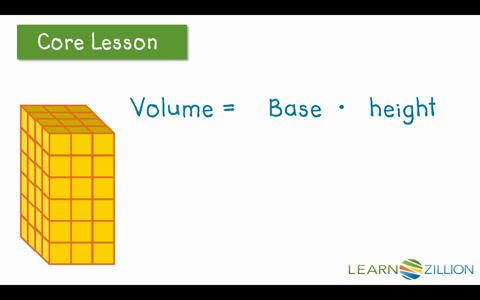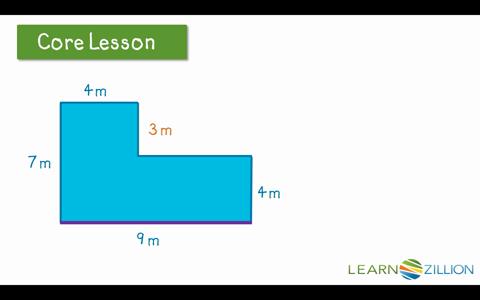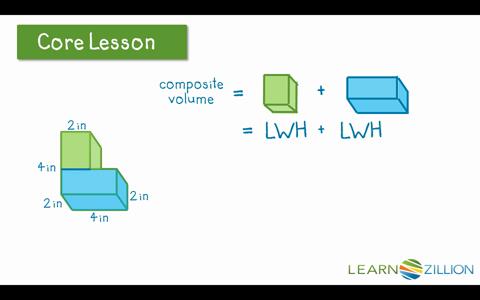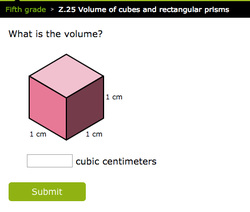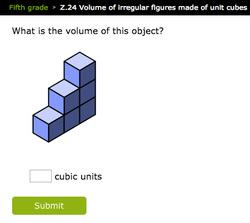Find Volume
I can solve real world problems involving volume. 5.MD.5
I can find the volume of an object using the formulas V = l x w x h and V = b x h.
5th graders relate volume to the operations of multiplication and addition and solve real world and mathematical problems involving volume.
a. Find the volume of a right rectangular prism with whole-number side lengths by packing it with unit cubes, and show that
the volume is the same as would be found by multiplying the edge lengths, equivalently by multiplying the height by the
area of the base. Represent threefold whole-number products as volumes, e.g., to represent the associative property of
multiplication.
b. Apply the formulas V = l x w x h and V = b x h for rectangular prisms to find volumes of right rectangular prisms with
whole-number edge lengths in the context of solving real world and mathematical problems.
c. Recognize volume as additive. Find volumes of solid figures composed of two non-overlapping right rectangular prisms
by adding the volumes of the non-overlapping parts, applying this technique to solve real world problems.
I can find the volume of an object using the formulas V = l x w x h and V = b x h.
5th graders relate volume to the operations of multiplication and addition and solve real world and mathematical problems involving volume.
a. Find the volume of a right rectangular prism with whole-number side lengths by packing it with unit cubes, and show that
the volume is the same as would be found by multiplying the edge lengths, equivalently by multiplying the height by the
area of the base. Represent threefold whole-number products as volumes, e.g., to represent the associative property of
multiplication.
b. Apply the formulas V = l x w x h and V = b x h for rectangular prisms to find volumes of right rectangular prisms with
whole-number edge lengths in the context of solving real world and mathematical problems.
c. Recognize volume as additive. Find volumes of solid figures composed of two non-overlapping right rectangular prisms
by adding the volumes of the non-overlapping parts, applying this technique to solve real world problems.


